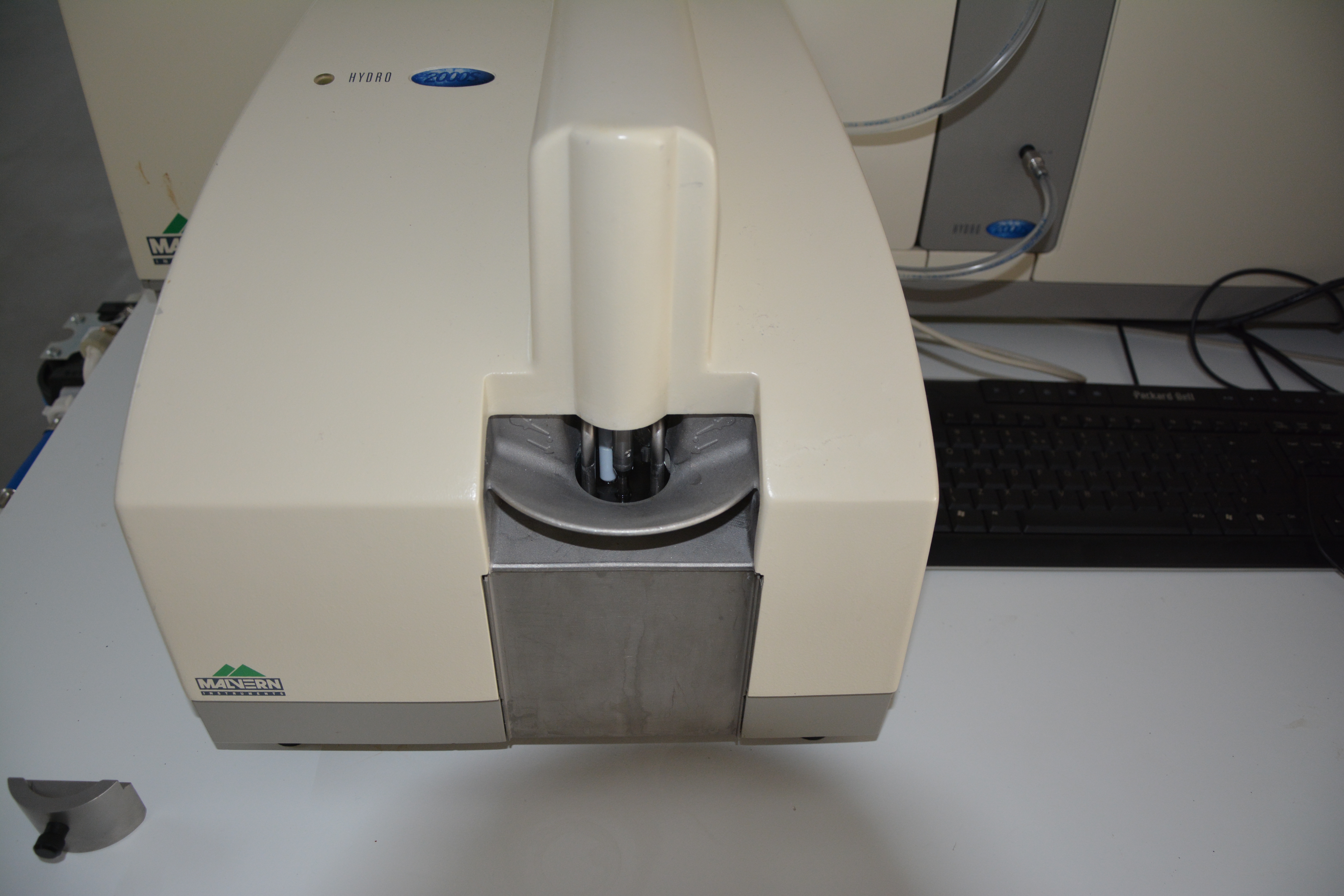
Lopez-Ona agreed management leadership is an issue for the region.
#Neuronyx malvern how to#
“The biggest shortage is in CEOs, the people who know how to build these orchestras.” “Starting up a company is like building an orchestra, all the players on the team need to be there,” he said. who has now started Neuronyx Inc., another biotechnology company, agrees that when it comes to venture capital, “more is better” but said the region faces a more pressing problem in its efforts to be a leader in the field. Hubert Schoemaker, a founder of Centocor Inc. The tobacco settlement money, “is a once in a lifetime opportunity to address the number one issue in the region - a shortfall of venture capital,” he said.

With its well-established drug companies, its proximity to money centers in New York and Washington, D.C., its wealth of research universities and educated work force, the region should be a leader in the field, Melville said. Southeastern Pennsylvania has several factors going for it that should make it a leading region for life sciences, said Scott Melville, president of the Pennsylvania Biotechnology Association and an attorney with Cephalon. “I think the impact on the southeast part of the state could be profound,” said McNulty, who added that clusters of life sciences companies also exist in Pittsburgh and the Lehigh Valley. The proposal has received widespread support in the Legislature and could be taken up for action in the spring, he said. The fund would have a scope of $180 million to $200 million as now envisioned, said Tim McNulty, executive deputy secretary of the Department of Community and Economic Development. Ridge is proposing putting $60 million into a privately managed fund, which the managers would use as leverage to raise private funding. Tom Ridge’s proposal to use part of the state tobacco lawsuit settlement to create a life sciences fund. Part of the state’s answer to a lack of venture capital comes in Gov. I think there’s a growing recognition in the area that biotech is important.” It’s something the state is trying to address. Do we have enough venture capital here? No. “What we said in the report is that it’s already happening. “People are waiting and waiting and waiting for the egg to hatch,” Rosenthal said. The biotech industry employed 6,000 people, most of them in the southeastern part of the state. It found the state’s pharmaceutical industry employs 37,000 people earning $1.8 billion. The center released a study in 1999 detailing the industry’s importance to the state’s economy. Rosenthal, president and CEO of the group. The Ben Franklin Technology Center of Southeastern Pennsylvania is another organization that’s dedicating more staff and attention to the life sciences field, said RoseAnn B. To Rob McCord, president and CEO of the Eastern Technology Council, “it’s not a big deal whether we rank one, two, three or four.” “So if you have a business plan and it gets shot down, you have no one else to go to in Pennsylvania.”

“In Pennsylvania, there are two groups making all the health care venture capital decisions,” Lopez-Ona said. That money is located in just three funds, however, and two are managed by TL Ventures, a Safeguard Scientifics company. With $1.1 billion in state-based funds, Pennsylvania ranks seventh in the nation in health-care venture capital funds, which includes the biotechnology and life sciences fields, said Anthony Lopez-Ona, an investment banker who heads Janney Montgomery Scott’s life sciences practice. “And for entrepreneurs, (raising money) is a numbers game.” Shook, president and CEO of Neuron Therapeutics Inc. “Compared to Boston or San Francisco or New York, there are just far fewer doors to knock on,” said Bruce J. To organizations that support the industry, there is enough money for products worthy of investment. For many starting biotech firms, the lack of private funding from local sources is a detriment to being located here.


 0 kommentar(er)
0 kommentar(er)
